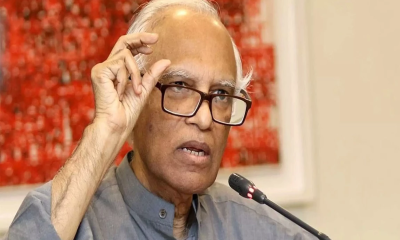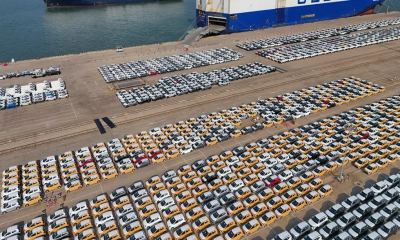In today’s interconnected world, access to reliable and high-speed internet has become an essential aspect of modern life. The internet serves as the backbone of communication, information sharing, education, business, and countless other activities that shape our daily routines. However, despite the significant advancements in internet technology over the past few decades, a considerable part of the global population remains underserved or even entirely disconnected from the digital world. This digital divide is particularly evident in rural and remote areas, where traditional internet infrastructure is often impractical or prohibitively expensive to deploy.
To address this pressing issue and fulfill the growing necessity for internet services worldwide, innovative solutions have emerged. One of the most ambitious and groundbreaking ventures is Starlink, a satellite internet constellation project spearheaded by SpaceX, the private space exploration company founded by Elon Musk.
What is StarLink?
Starlink is a project created by SpaceX, a private company led by Elon Musk. They`re putting a bunch of satellites up in space to make the internet work better for everyone. These satellites form a "constellation" and help bring the internet to even the remotest places on earth. Officially launched in 2019, the primary goal of Starlink is to provide global internet coverage by deploying a large number of small satellites into low earth orbit (LEO).
Everything we know about Elon Musk’s Starlink Satellites and Future Internet Plans
As of May 2023, Starlink’s operational network encompasses more than 4,000 mass-produced, compact satellites positioned in LEO. These satellites maintain communication with specific ground transceivers. The ambitious project aims to deploy a total of nearly 12,000 satellites, with potential future expansion of up to 42,000 satellites. Notably, SpaceX celebrated reaching a significant milestone by acquiring over 1 million subscribers in December 2022, and within just a few months, that number surged to 1.5 million subscribers as of May 2023.
The Starlink Constellation: Size and Ambition
The Starlink constellation consists of thousands of satellites orbiting at altitudes between 340 km (210 miles) and 1,200 km (750 miles) above earth’s surface. These satellites work in a cycle to create a network that beams high-speed internet signals down to earth, making it accessible to users with compatible receiving terminals, commonly referred to as user terminals or satellite dishes.
Starlink’s internet is different from regular internet because it doesn’t use towers and cables on the ground. Instead, it has satellites that fly much closer to the earth. This closeness makes the internet faster because data doesn’t have to travel as far. It’s like having a shorter distance for messages to go back and forth between you and the satellite. This is really helpful in places that are far away from cities or places where getting good internet is hard. So, Starlink can provide better internet performance, especially in those remote and underserved areas.
Beta Testing and Expansion
Starlink has conducted multiple phases of beta testing, known as the “Better Than Nothing Beta” program, where users in select regions were invited to test the service and provide feedback. During the beta phase, the system underwent improvements and optimizations based on user experiences.
As the beta testing progresses, SpaceX has gradually expanded the coverage area, reaching more users in different parts of the world. The company has been seeking regulatory approvals from various countries to operate its satellite internet service globally.
User Terminals (Satellite Dishes)
To access the Starlink internet service, users receive a phased-array satellite dish, commonly known as a user terminal or satellite dish. These user terminals are designed to automatically track and connect to passing satellites overhead, making it easy for users to set up and use the service.

Starlink’s satellite constellation (Image: Wikipedia)
The idea behind Starlink is to offer internet connectivity to regions where laying terrestrial cables or setting up traditional communication infrastructure is impractical or economically unviable. These areas often include rural and remote locations that suffer from limited or no access to high-speed internet services. Starlink aims to bridge the global connectivity divide and bring reliable internet access to virtually every corner of the world.
The Future of Starlink
Elon Musk has expressed his ambitious vision for Starlink, emphasizing that the revenue generated from the project would be used to fund future space exploration and innovation initiatives. The success of Starlink could have significant implications for SpaceX’s broader goals, including funding the development of space technologies, like the Starship spacecraft, to facilitate missions to the Moon, Mars, and beyond.
In addition to serving individual users, Starlink has expressed interest in collaborating with enterprises, airlines, ships, and other entities that could benefit from reliable high-speed internet services in remote locations.
SpaceX continues to deploy new satellites regularly, gradually expanding the Starlink constellation to achieve its vision of providing global internet coverage. Starlink’s ambitious and innovative approach has garnered significant attention and interest, with potential implications for various industries and communities worldwide. As the project progresses, it holds the promise of revolutionizing internet connectivity and making a significant impact on the digital landscape on a global scale.
Launching Satellite Internet Service in Bangladesh
SpaceX has expressed its interest in launching its satellite internet service in Bangladesh. In pursuit of this initiative, representatives from the US-based company, led by Joel Meredith, the manager for global government affairs, and Parnil Urdhwareshe, the manager for global licensing and activation, held meetings with key officials from the Bangladesh Satellite Company Limited (BSCL) and the ICT Division. The discussions revolved around the potential collaboration and implementation of Starlink’s services in Bangladesh.
However, they will need to get approval from the government. During a demonstration, SpaceX officials showcased the internet and download speed of Starlink, which impressively reached approximately 500mbps when tested in the morning. The demonstration aimed to highlight the capabilities and performance of Starlink’s internet service, indicating its potential for high-speed connectivity.
Starlink provided two devices, and one of them will be used at the Sheikh Russel Digital Lab, situated in a remote area where access to high-speed internet is currently unavailable. By utilizing Starlink’s technology, the lab aims to bridge the digital divide and provide reliable and fast internet connectivity to remote locations, enhancing communication and opportunities for the community in the area. The second Starlink device will be utilized in a movable bus, specifically catering to women’s needs.
So, Bangladesh’s ICT division is currently exploring the potential benefits of Starlink’s connection for people residing on islands and remote areas, including chars (river islands), as well as for students attending marginalized schools. The ICT division will make a decision about approving Starlink after three months of the pilot program. The ICT department will see if Starlink’s internet is useful in education, research, and health.
Final Words
As we progress through the 21st century, the digital divide continues to present a major challenge. Bridging this gap and ensuring that everyone can access the transformative capabilities of the internet is not just a technological pursuit; it is a crucial societal responsibility.
Starlink’s ambitious satellite constellation holds the promise of uniting the world, empowering communities, and propelling progress even in the most remote regions of the planet. As this revolutionary project continues to evolve, it offers hope for a more inclusive and connected future for all.\
This article was first published in UNB.






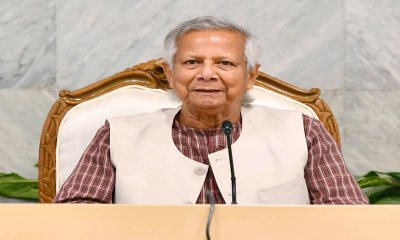



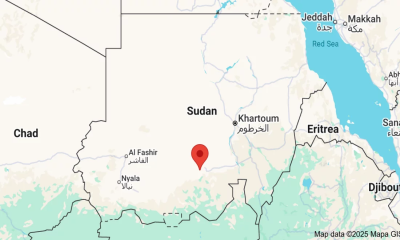

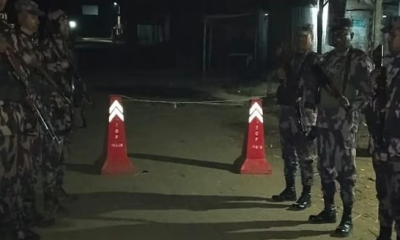

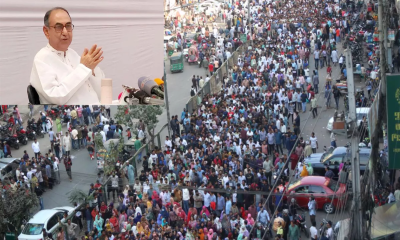

-20251213120612.webp)
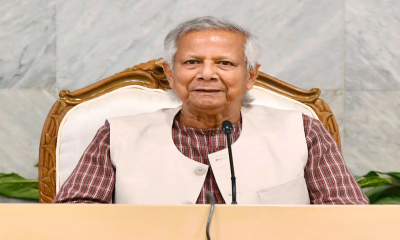
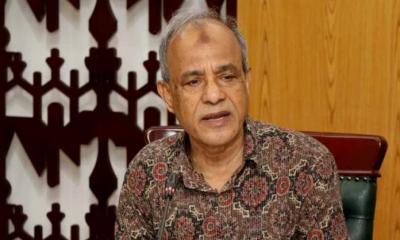



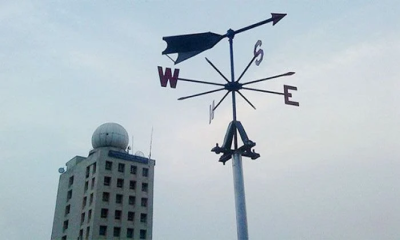
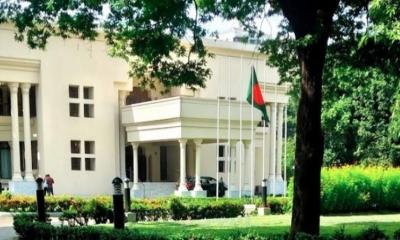


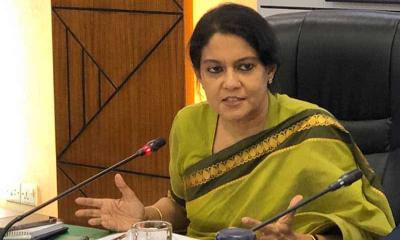
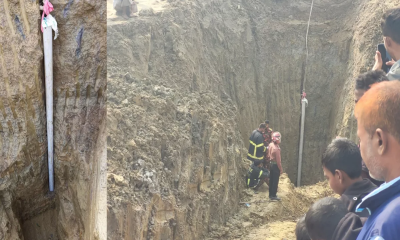



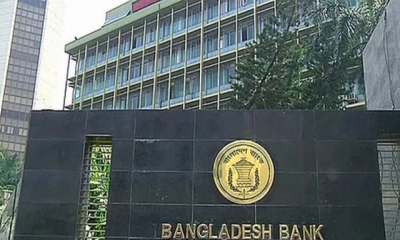

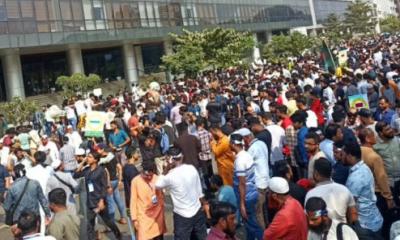
-20251207131533.jpg)

